IoT in Healthcare: Revolutionizing Patient Care and Medical Systems
The Internet of Things (IoT) has permeated various industries, and healthcare is no exception. IoT’s integration into healthcare systems is transforming how medical care is delivered, offering new possibilities for patient monitoring, disease management, and overall healthcare efficiency. This article delves into the role of IoT in healthcare, exploring its applications, benefits, challenges, and the future of this rapidly evolving field.
What is IoT in Healthcare?
The Internet of Things (IoT) refers to a network of physical devices connected via the Internet, allowing them to collect, share, and act on data. In healthcare, IoT involves medical devices, wearables, and other smart technologies that are connected to the internet, enabling real-time monitoring, data collection, and analysis. These devices can range from simple wearable fitness trackers to complex systems like smart hospital beds and connected imaging equipment.
Applications of IoT in Healthcare
IoT’s applications in healthcare are vast and varied, providing solutions that enhance patient care, streamline operations, and improve outcomes. Some of the key applications include:
1. Remote Patient Monitoring
One of the most significant contributions of IoT to healthcare is remote patient monitoring. IoT devices such as wearable sensors, smartwatches, and connected medical equipment allow healthcare providers to monitor patients’ vital signs and health metrics in real-time, even when they are not physically present in a healthcare facility. This is particularly beneficial for patients with chronic conditions, as it enables continuous monitoring and timely interventions.
For example, a patient with diabetes can use an IoT-enabled glucose monitor that continuously tracks blood sugar levels and sends the data to their healthcare provider. If the levels go outside the normal range, the system can alert the patient and the provider, allowing for prompt action. This not only improves patient outcomes but also reduces the need for frequent hospital visits.
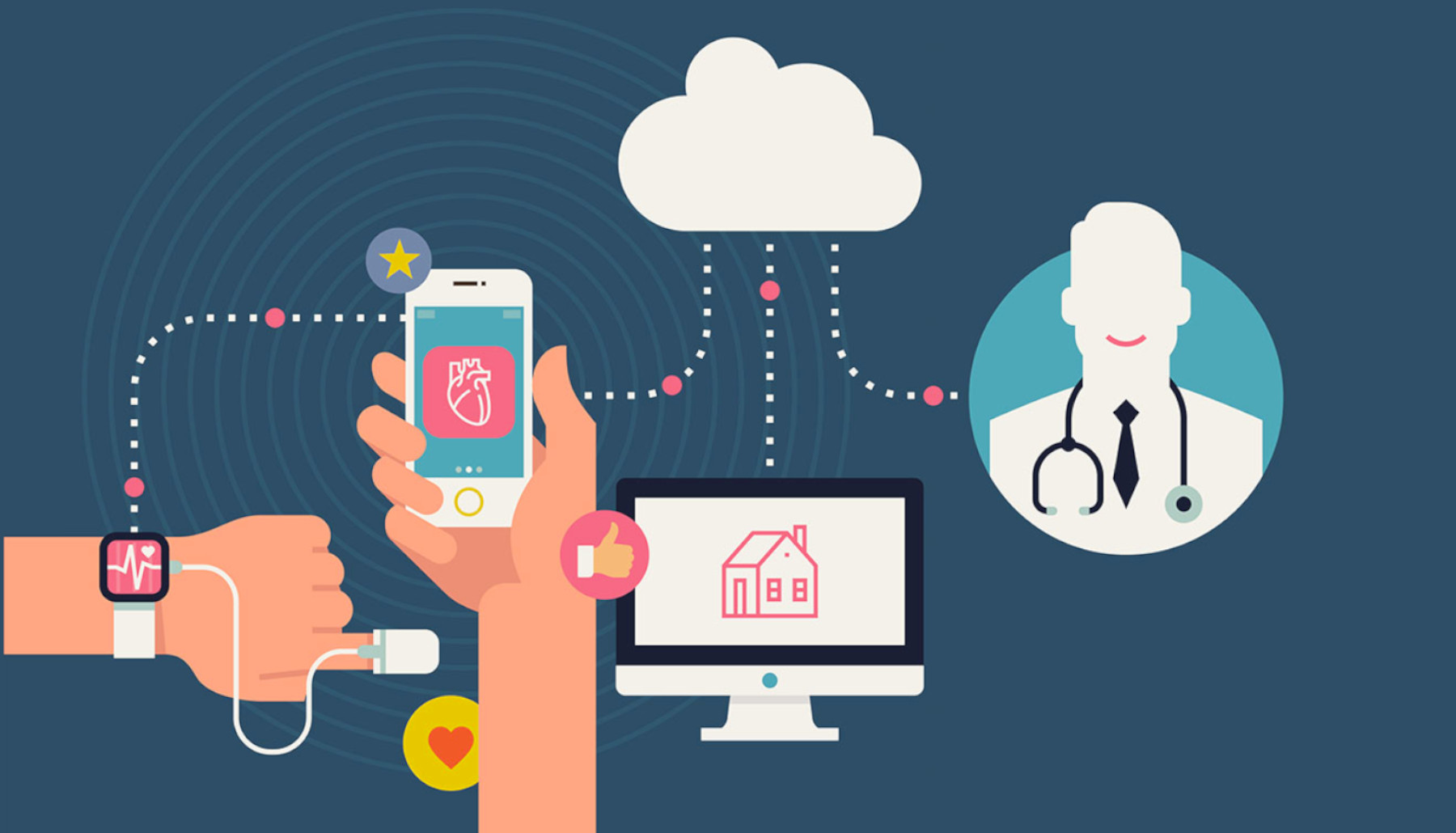
2. Smart Hospitals
IoT is also transforming the way hospitals operate. Smart hospitals leverage IoT technology to automate and optimize various processes, from patient admission to discharge. IoT-enabled devices can track the location of medical equipment, monitor the usage of supplies, and even manage patient flow within the hospital.
For instance, smart beds equipped with IoT sensors can automatically adjust to the patient’s position, monitor vital signs, and alert healthcare staff if there is an issue. This enhances patient comfort and safety while reducing the workload on healthcare staff.
3. Wearable Health Devices
Wearable devices such as fitness trackers, smartwatches, and connected health monitors are becoming increasingly popular among consumers. These devices collect data on various health metrics, including heart rate, physical activity, sleep patterns, and more. The data is then transmitted to a central system where it can be analyzed to provide insights into the user’s health.
For healthcare providers, wearable devices offer a wealth of data that can be used to monitor patients, detect early signs of disease, and provide personalized care recommendations. For example, a smartwatch that tracks heart rate and physical activity can help detect irregularities that may indicate a potential heart condition, allowing for early intervention.
4. Telemedicine
Telemedicine has gained significant traction in recent years, and IoT is playing a crucial role in its growth. IoT devices enable remote consultations, allowing healthcare providers to diagnose and treat patients from a distance. This is particularly useful in rural or underserved areas where access to healthcare services may be limited.
Comprehensive Guide to Physical Health: Key Strategies for a Healthier Life
With IoT-enabled telemedicine platforms, patients can consult with their doctors via video calls, share data from wearable devices, and receive prescriptions without having to visit a healthcare facility. This not only improves access to care but also reduces the burden on healthcare systems.
5. Medication Management
IoT is also improving medication management, particularly for patients with chronic conditions who require regular medication. Smart pill dispensers and IoT-enabled medication adherence systems can remind patients to take their medication on time and track whether they have done so.
These systems can also alert healthcare providers if a patient misses a dose, allowing for timely interventions to prevent complications. For example, a smart inhaler for asthma patients can track usage patterns and alert the patient and their doctor if there are irregularities, helping to prevent asthma attacks.
Benefits of IoT in Healthcare
The integration of IoT into healthcare offers numerous benefits for patients, healthcare providers, and the overall healthcare system. Some of the key advantages include:
1. Improved Patient Outcomes
IoT enables continuous monitoring and real-time data collection, allowing for early detection of potential health issues. This leads to timely interventions, which can significantly improve patient outcomes. For example, remote monitoring of heart disease patients can help detect arrhythmias or other irregularities early, reducing the risk of severe complications.
2. Enhanced Patient Engagement
IoT devices empower patients to take a more active role in managing their health. Wearable devices and health apps provide patients with insights into their health metrics, encouraging them to make lifestyle changes and adhere to treatment plans. This increased engagement can lead to better health outcomes and higher patient satisfaction.
3. Reduced Healthcare Costs
By enabling remote monitoring and telemedicine, IoT reduces the need for frequent hospital visits and in-person consultations. This not only lowers healthcare costs for patients but also reduces the burden on healthcare facilities, allowing them to allocate resources more efficiently. Additionally, early detection of health issues through IoT can prevent costly emergency interventions and hospitalizations.
4. Streamlined Operations
IoT enhances the efficiency of healthcare operations by automating various processes. Smart hospitals, for instance, use IoT to track medical equipment, manage inventory, and optimize patient flow. This reduces the administrative burden on healthcare staff, allowing them to focus more on patient care.
5. Personalized Care
IoT devices collect vast amounts of data on individual patients, allowing healthcare providers to deliver personalized care tailored to each patient’s unique needs. For example, data from wearable devices can help doctors develop personalized treatment plans based on a patient’s activity levels, sleep patterns, and other health metrics.

Challenges of IoT in Healthcare
While IoT offers numerous benefits, its integration into healthcare also presents several challenges that need to be addressed:
1. Data Security and Privacy
One of the biggest challenges of IoT in healthcare is ensuring the security and privacy of patient data. IoT devices collect and transmit sensitive health information, making them potential targets for cyberattacks. Ensuring that patient data is protected from unauthorized access and breaches is critical to maintaining trust in IoT healthcare systems.
Healthcare providers must implement robust cybersecurity measures, including encryption, secure authentication, and regular security audits, to protect patient data. Additionally, regulations such as the Health Insurance Portability and Accountability Act (HIPAA) in the United States require healthcare organizations to adhere to strict data privacy standards.
2. Interoperability
Another challenge is the lack of interoperability between different IoT devices and healthcare systems. Many IoT devices are developed by different manufacturers and use proprietary protocols, making it difficult for them to communicate with each other and integrate into existing healthcare systems.
To fully realize the potential of IoT in healthcare, there needs to be a standardized framework that allows for seamless data exchange and integration across different devices and platforms. This will enable healthcare providers to access and analyze data from multiple sources, providing a more comprehensive view of a patient’s health.
3. Data Overload
The sheer volume of data generated by IoT devices can be overwhelming for healthcare providers. Managing, analyzing, and interpreting this data to extract meaningful insights requires advanced data analytics tools and capabilities.
Healthcare organizations need to invest in big data analytics and artificial intelligence (AI) to make sense of the data generated by IoT devices. These tools can help identify patterns, detect anomalies, and provide actionable insights that can improve patient care.
4. Regulatory and Compliance Issues
The regulatory landscape for IoT in healthcare is still evolving, and navigating the complex web of regulations and compliance requirements can be challenging. Healthcare providers must ensure that their IoT systems comply with relevant regulations, such as HIPAA in the United States or the General Data Protection Regulation (GDPR) in the European Union.
Compliance with these regulations is essential to avoid legal penalties and ensure that patient data is handled securely and ethically.
Future of IoT in Healthcare
The future of IoT in healthcare is promising, with advancements in technology poised to further transform the industry. Some of the key trends and developments to watch for include:
1. Artificial Intelligence and Machine Learning
The integration of artificial intelligence (AI) and machine learning (ML) with IoT is expected to revolutionize healthcare. AI and ML can analyze the vast amounts of data generated by IoT devices, identifying patterns and making predictions that can aid in diagnosis, treatment planning, and disease prevention.
For example, AI-powered algorithms can analyze data from wearable devices to predict the likelihood of a heart attack or stroke, allowing for early interventions that can save lives.
Preventative Measures for Physical Health: A Comprehensive Guide
2. 5G Connectivity
The rollout of 5G networks is expected to have a significant impact on IoT in healthcare. 5G offers faster data transmission speeds and lower latency, enabling real-time communication and data exchange between IoT devices and healthcare systems.
This will enhance the capabilities of remote monitoring, telemedicine, and other IoT applications in healthcare, providing more reliable and efficient services to patients.
3. Advanced Wearables and Implantables
The next generation of wearable devices will offer more advanced capabilities, including continuous monitoring of a wider range of health metrics and integration with AI-powered health platforms. Additionally, implantable IoT devices, such as smart pacemakers and glucose monitors, are expected to become more prevalent, providing continuous monitoring and real-time data to healthcare providers.
These advancements will enable more precise and personalized healthcare, improving patient outcomes and reducing the need for invasive procedures.
4. Blockchain for Data Security
Blockchain technology is emerging as a potential solution to the data security and privacy challenges of IoT in healthcare. Blockchain offers a decentralized and tamper-proof system for storing and sharing data, ensuring that patient information is secure and only accessible to authorized parties.
By implementing blockchain, healthcare providers can enhance the security of their IoT systems, reducing the risk of data breaches and ensuring compliance with data privacy regulations.
5. Smart Cities and Connected Healthcare Ecosystems
The concept of smart cities, where IoT is integrated into urban infrastructure, is gaining traction, and healthcare is a key component of this vision. In a smart city, connected healthcare ecosystems can enable seamless data exchange between hospitals, clinics, pharmacies, and other healthcare providers, improving coordination and collaboration.
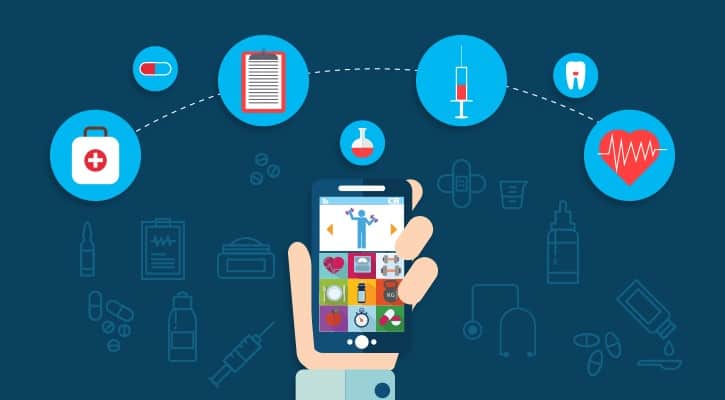
For example, in a smart city, an ambulance equipped with IoT devices can transmit real-time patient data to the hospital while en route, allowing doctors to prepare for the patient’s arrival and initiate treatment immediately.
The integration of IoT into healthcare is revolutionizing the industry, offering new possibilities for patient care, disease management, and healthcare operations. While there are challenges to overcome, including data security, interoperability, and regulatory compliance, the benefits of IoT in healthcare are undeniable.
As technology continues to advance, the future of IoT in healthcare looks promising, with AI, 5G, advanced wearables, and blockchain poised to further transform the industry. By embracing these innovations, healthcare providers can deliver more personalized, efficient, and effective care, ultimately improving patient outcomes and the overall quality of healthcare.
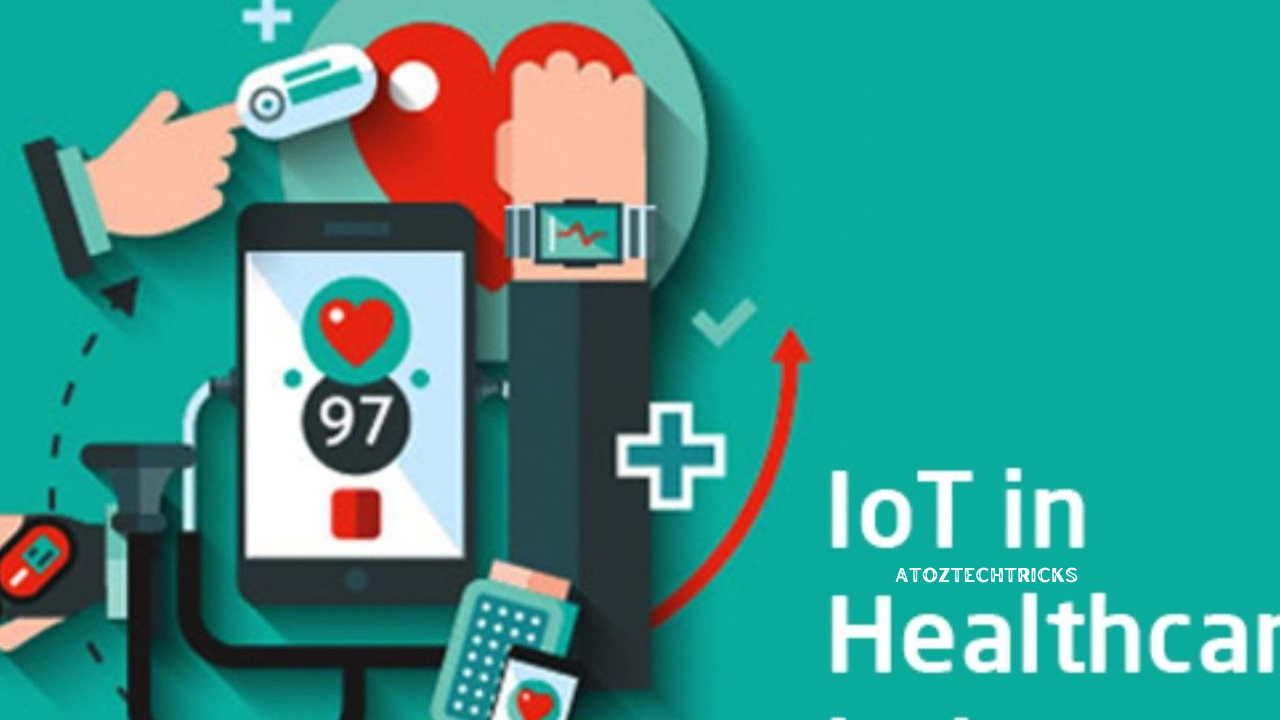

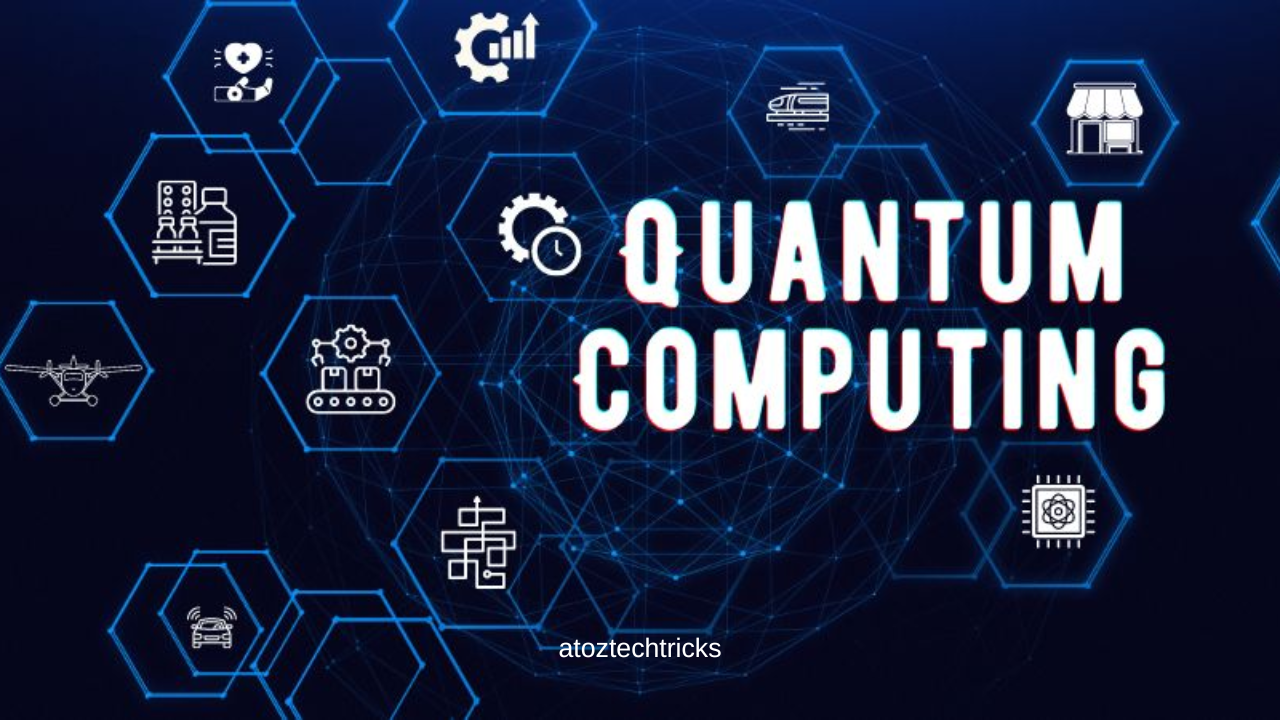
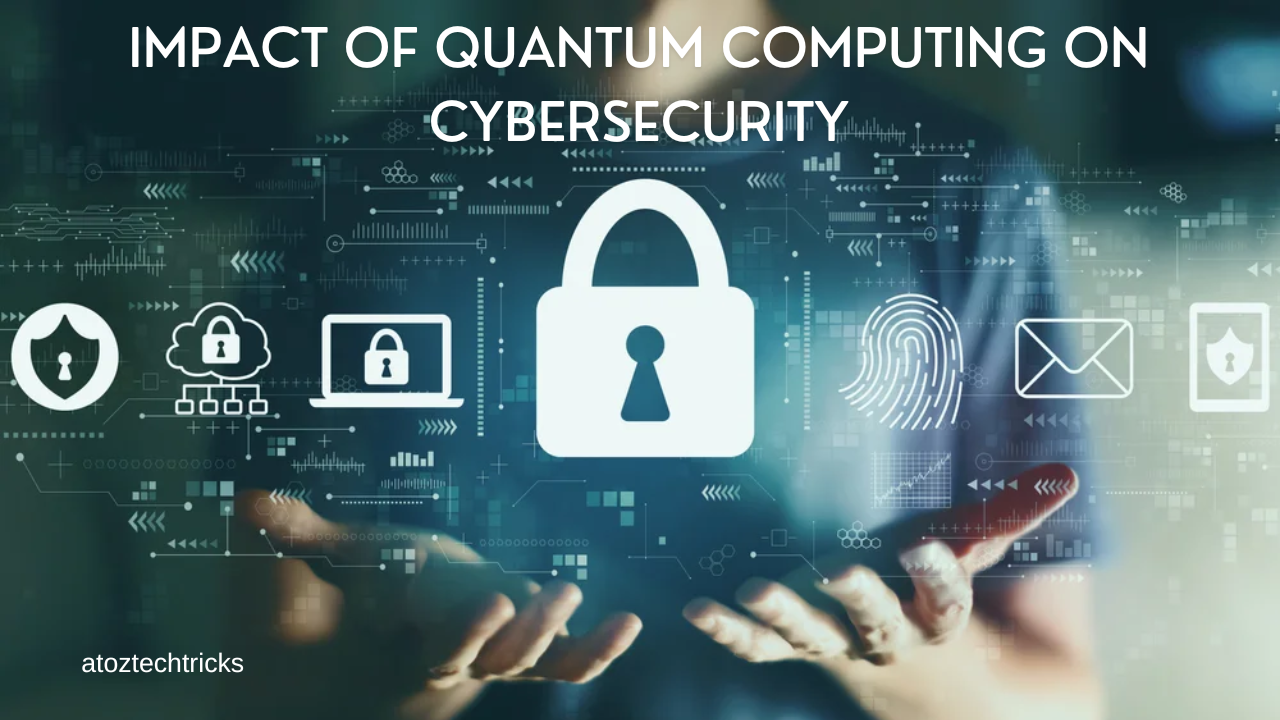
Post Comment